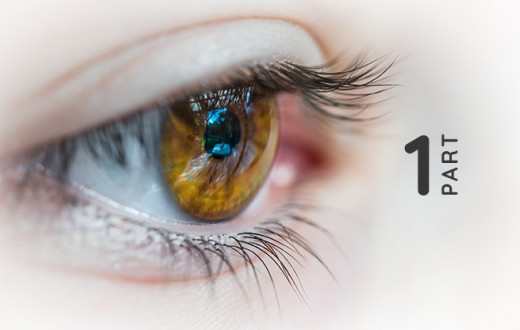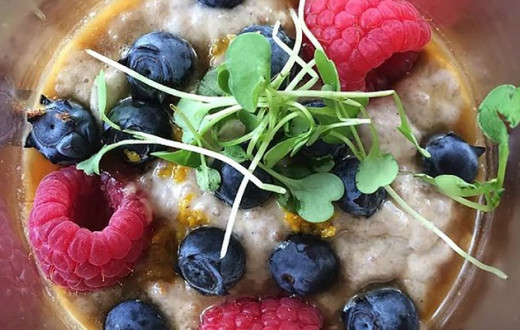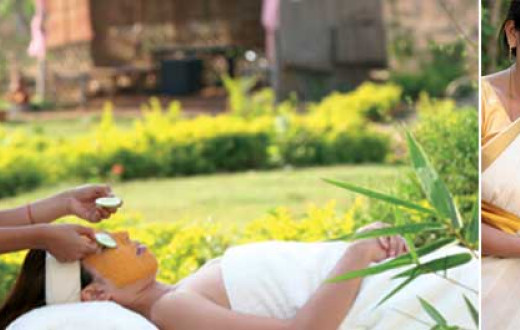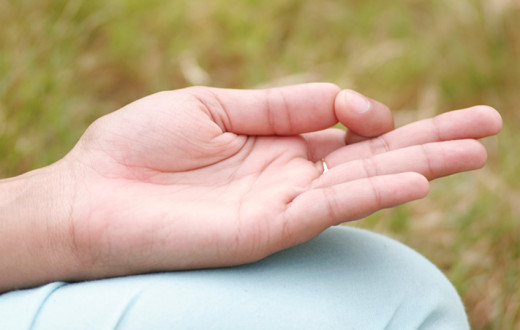Curry leaves are the aromatic and versatile little leaves that can transform even an ordinary dish like upma or poha into a gourmet’s delight. They are a staple part of the Indian diet because of their distinctive flavor and visual appeal they add to the cuisine. Curry leaves are also used to make mouth-watering chutneys and powders to accompany rice, dosa and idli.
Alternate Names
Botanical name: Murraya Koenigii
English: Curry Leaf
Sanskrit: Krishna Nimba
Hindi: Kari patta
Benefits
Loaded with nutritional values, curry leaf has medicinal, preventive and beauty benefits as well. It destroys germs, relieves fever and heat, improves appetite, softens stool and relieves flatulence. Tender curry leaf is of more value than ripe ones. It is healthy for the eyes and hair. The roots and stem are also of great importance in Ayurvedic preparations and treatments.
Practical Applications
- Acidity- induced vomiting: Powder the stem, mix with cold water and consume.
- Constipation: Powder dry curry leaves. Mix 1 teaspoon of the powder with honey and consume twice daily.
- Indigestion: Powder dry curry leaves, fenugreek and black pepper. Add ghee to the powder and consume every day.
- Diarrhea: Make a juice of curry leaves and consume 2 spoons twice daily.
- Nausea and vomiting: Boil 4 cups of water with 1 handful of curry leaves and reduce it to 1 cup. Drink this 4-6 times a day.
- Burns: Apply paste of curry leaves to the burnt area.
- Dandruff: Make a powder of lemon skin, curry leaves, fenugreek and soap nut powder. Use this powder instead of soap or shampoo to wash your hair.
- Healthy hair: Boil curry leaves in coconut oil until the leaves turn dark brown. Filter out the leaves and apply the oil to the scalp every day.
- Graying hair: Chewing tender curry leaves every day decreases hair fall. Application of hair oil boiled with curry leaves prevents graying of hair.
This piece was written by Dr. Nisha Manikanthan, Senior Ayurveda Consultant of the Art of Living.





















